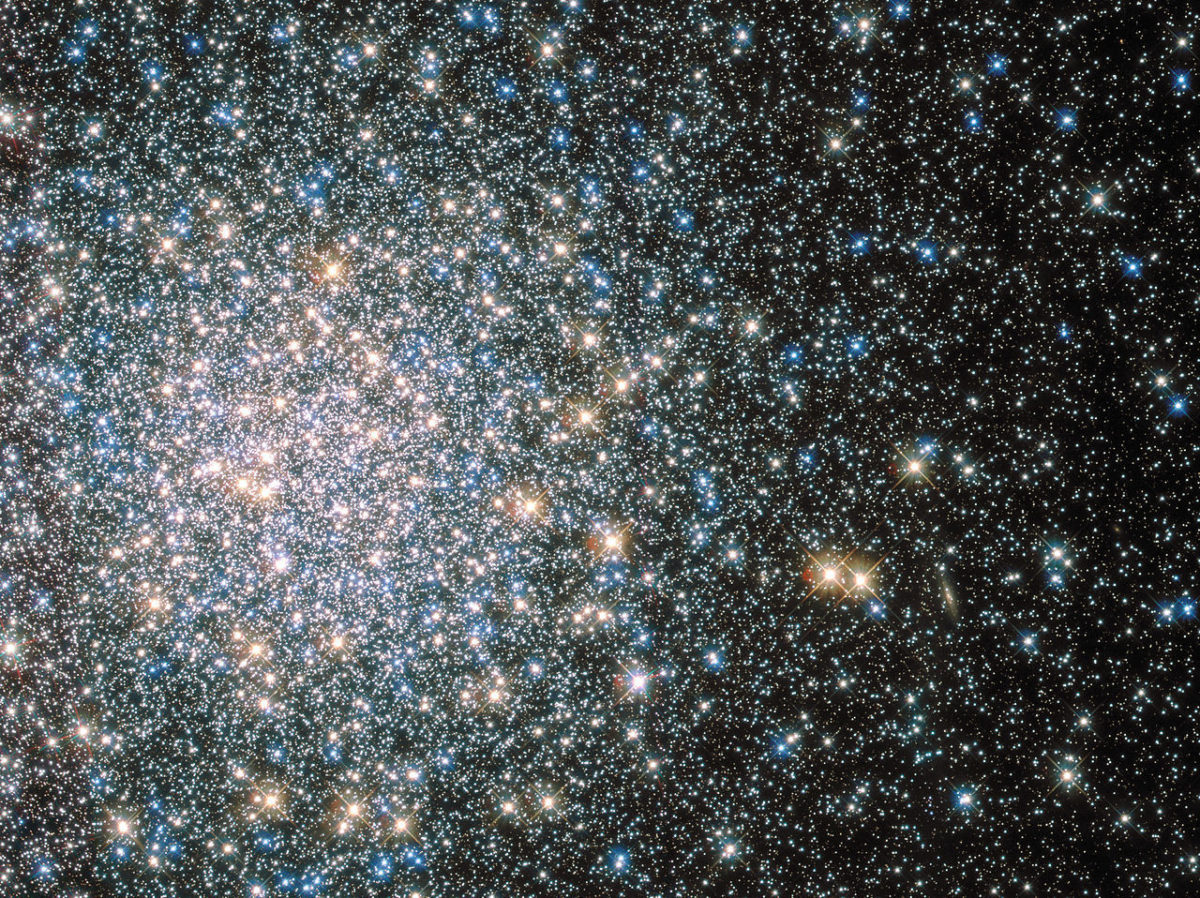Planetary Radio • Jan 26, 2016
Civilizations Among the Clustered Stars?
On This Episode

Rosanne Di Stefano
Senior Astrophysicist for Harvard-Smithsonian Center for Astrophysics
New research indicates that globular clusters—collections of up to a million stars—could provide stable environments for life, along with opportunities for interstellar civilizations. Lead author Rosanne Di Stefano joins us to explain. Emily Lakdawalla and Bill Nye examine the science and excitement around “Planet 9.” “This Week in Space History” is just one feature of our What’s Up segment with Bruce Betts and Mat Kaplan.

Related Links:
- Globular Clusters as Cradles of Life and Advanced Civilizations
- Simulation of the sky on a planet in a globular cluster
- Emily Lakdawalla: Theoretical Evidence for an Undiscovered Super-Earth at the Edge of Our Solar System
- XKCD: Possible Undiscovered Planets In Our Solar System By Size and Distance (From Me)
This week's prizes are a lovely Planetary Radio t-shirt, a 200-point iTelescope.net astronomy account AND a set of Year In Space wall and desk calendars.
This week's question:
Where in the solar system is Anthony Patera?
To submit your answer:
Complete the contest entry form at http://planetary.org/radiocontest or write to us at [email protected] no later than Tuesday, February 2nd at 8am Pacific Time. Be sure to include your name and mailing address.
Last week's question:
On plaques carried by the Pioneer 10 and 11 probes, Earth’s position in shown in relation to 14 what?
Answer:
The answer will be revealed next week.
Question from the week before:
What and when was the first spacecraft flyby of a comet?
Answer:
The International Cometary Explorer (ICE) flew through the tail of comet Giacobini-Zinner in 1985.


 Explore Worlds
Explore Worlds Find Life
Find Life Defend Earth
Defend Earth


